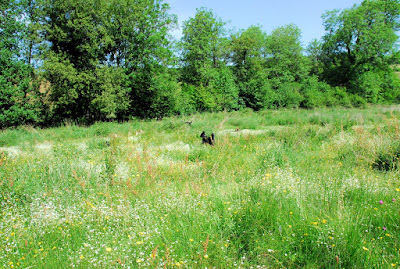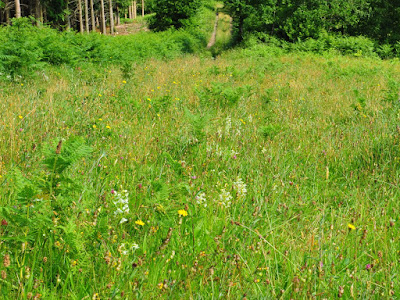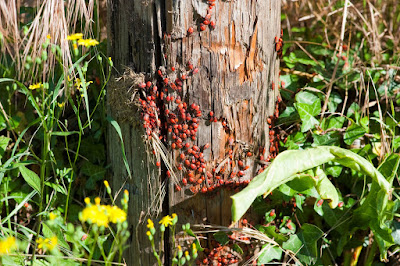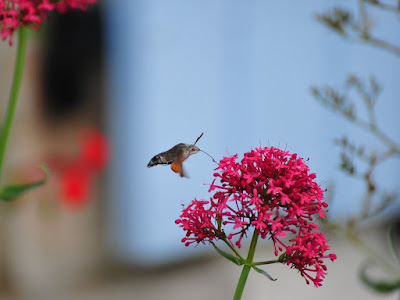
this wasp has caught a small moth, and is presumably either going to eat it or feed it to the larvae in the nest. This is something I have read about but never actually seen in action. It caught my eye because I saw it struggling to fly off with its booty.






























